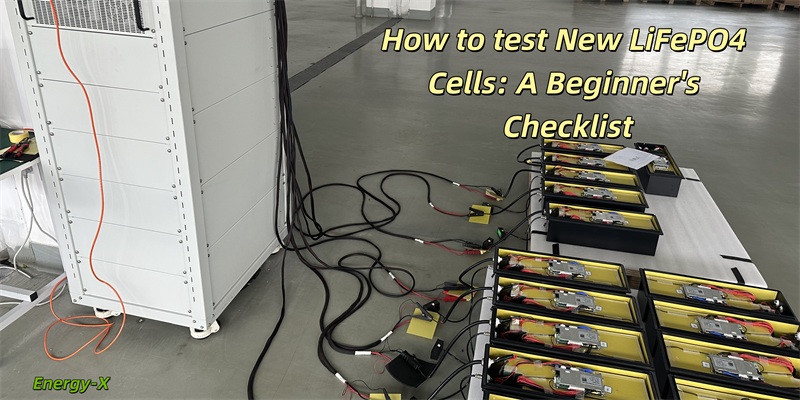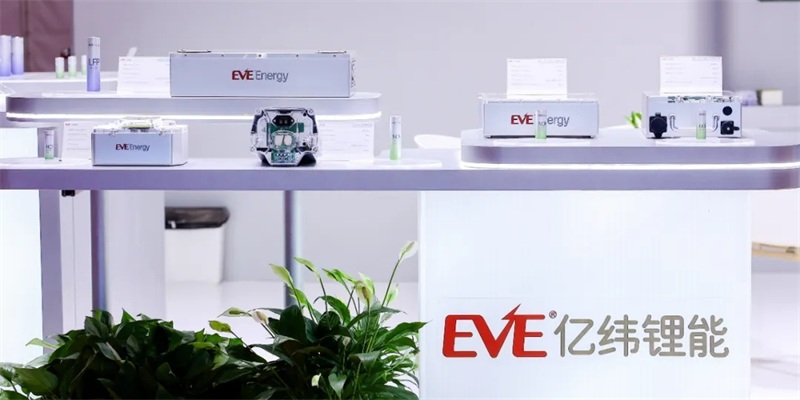How to Rest New LiFePO4 Cells: A Beginner's Checklist
Acquiring a new set of LiFePO4 cells is an exciting step toward building an efficient and safe energy system. Known for their thermal stability, long service life, and consistent performance, these batteries form the backbone of many modern applications. Still, it’s essential to verify their condition upon arrival to avoid future failures. This article provides a clear method to evaluate your new cells—helping you confirm their health and readiness.

(48V32Ah Customised Battery Pack Testing Phase)
Step 1: Initial Voltage Verification
Begin by measuring the open-circuit voltage of each cell using a digital multimeter. Disconnect the cell from any load or charger. Set your multimeter to measure DC voltage (typically 20V range). Place the red probe on the positive terminal and the black on the negative. A healthy LiFePO4 cell should generally show between 3.2V and 3.3V when at rest. Significant deviation may suggest an internal issue or self-discharge.
Step 2: Capacity Validation
Voltage alone doesn’t reflect total energy storage. To assess real capacity, use a dedicated battery analyser or capacity tester. These devices discharge the cell under a controlled load while recording ampere-hours (Ah) delivered. Compare the result with the rated capacity specified by the manufacturer. Note: always perform this test in a well-ventilated area and avoid exceeding recommended discharge rates.
Step 3: Physical and Terminal Inspection
Conduct a thorough visual examination. Check the cell casing for deformities, swelling, or cracks. Inspect the terminals for signs of corrosion, leakage, or misalignment. Even minor physical defects can escalate under use, so don’t overlook subtle abnormalities. Document any issues with photos and reach out to your supplier promptly if flaws are detected.
Essential Tools for Testing
· Digital Multimeter: For accurate voltage and static state measurements.
· Battery Capacity Tester: To determine actual energy output versus claims.
· Personal Protective Equipment (PPE): Safety glasses, gloves, and fire-resistant surfaces are non-negotiable when handling lithium-based cells.
Verifying new LiFePO4 cells isn’t just a precaution—it’s a critical practice that ensures reliability and safety in the long run. By systematically checking voltage, capacity, and physical condition, you guard against premature failures and maximize performance. Whether for solar storage, EVs, or backup systems, starting with well-characterized cells lays the foundation for a robust energy solution.

